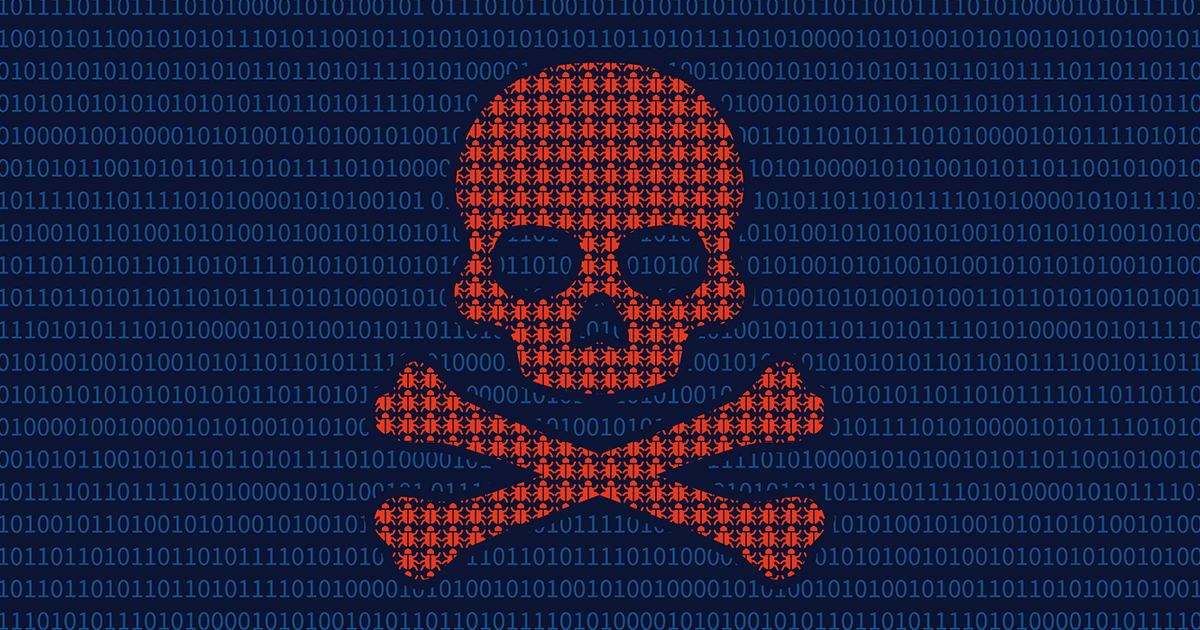As more organizations embrace cloud-based print management, it’s easy to focus on the benefits—flexibility, scalability and remote access. But what happens when the cloud goes down? Or worse, when a cyberthreat targets your print environment during an outage?
Office printers are often overlooked in cybersecurity strategies, yet they store sensitive data, connect to internal networks and rely on cloud services to function securely.
In this article, we’ll explore how cloud dependencies can impact printer security, what risks emerge during service interruptions and what steps your business can take to build a more resilient, secure print environment.
ARTICLE: How Secure Are Network Printers?
How Cloud Dependencies Impact Printer Security
As more businesses move to cloud-based print management, their printer fleets become increasingly dependent on third-party services like AWS or Microsoft Azure. While these platforms offer flexibility and scalability, they also introduce new risks that need to be mitigated.
If a cloud service goes down, it can disrupt authentication systems, remote access controls and even firmware updates. However, direct print queues can be built and installed so that in the event of an outage, a print user would still be able to print, as long as the local network is functioning.
Printers are often overlooked in cybersecurity strategies, yet they store sensitive data, connect to internal networks and support remote features. That’s why it’s critical to understand how cloud dependencies can potentially affect your print environment—and to build in safeguards that keep your fleet secure, even during an outage.
ARTICLE: 5 Scary Facts About Print Security
What Happens When Cloud Services Go Offline?
When a cloud service experiences downtime, the ripple effect can hit your print environment fast. If your printer fleet relies on cloud-based management tools, authentication systems, or remote access features, those functions may become temporarily unavailable. That means users might not be able to release print jobs, access secure queues, or even log in to devices.
While these outages are usually short-lived, they can disrupt workflows, reduce employee productivity and if not properly secured—expose vulnerabilities that a lurking cyberthreat could potentially leverage.
That’s why it’s important to understand your cloud dependencies and have contingency plans in place to keep your print environment secure and operational.
Printers as a Hidden Cybersecurity Risk
Printers may not be the first thing that comes to mind when thinking about cybersecurity—but they should be. Modern office printers are networked, store data and often connect to cloud services, making them potential entry points for cybercriminals. If left unsecured, they can be exploited to access sensitive documents, user credentials or even broader network systems.
During a cloud outage, these risks can increase if security protocols fail or default settings are restored. Many businesses overlook printers in their cybersecurity strategies, assuming they’re low risk. But with features like scan-to-email, remote access and onboard storage, printers can become vulnerable if not properly managed. That’s why it’s essential to include your printer fleet in regular security audits and ensure it’s protected with the same rigor as other endpoints on your network.
Best Practices for Securing Your Print Environment
Securing your printer fleet is a critical part of protecting your network and maintaining business continuity. Here are key steps to help reduce risk:
- Update firmware regularly to patch known vulnerabilities
- Change default passwords and enforce strong credential policies
- Segment printers on a separate network to limit exposure
- Encrypt data both in transit and at rest
- Enable user authentication to control access to devices
- Implement multi-factor authentication (MFA) for added security
- Use endpoint detection and response (EDR) tools to monitor activity
- Train employees on secure printing practices and phishing awareness
- Establish contingency plans for cloud service outages, including local failover options
These best practices help ensure your print environment remains secure, even during unexpected disruptions.
Building Resilience into Cloud-Connected Print Systems
As more organizations adopt cloud-based print management, building resilience into these systems becomes essential. A cloud outage doesn’t have to mean a total disruption—if your print environment is prepared. Here are smart ways to strengthen your setup:
- Implement local failover options to keep printing operational during cloud service interruptions
- Maintain hybrid infrastructure with a mix of cloud and on-premise capabilities
- Regularly test backup systems to ensure they’re ready when needed
- Monitor printer activity with tools that alert you to unusual behavior or downtime
- Work with trusted partners who understand both cloud architecture and secure print environments
By proactively addressing these areas, your organization can maintain productivity and security—even when the cloud isn’t cooperating.
Searching for an office technology partner who is an expert in print security? Take a look at how Gordon Flesch Company will go the extra mile to keep your data safe. Download the free infographic and find out.










